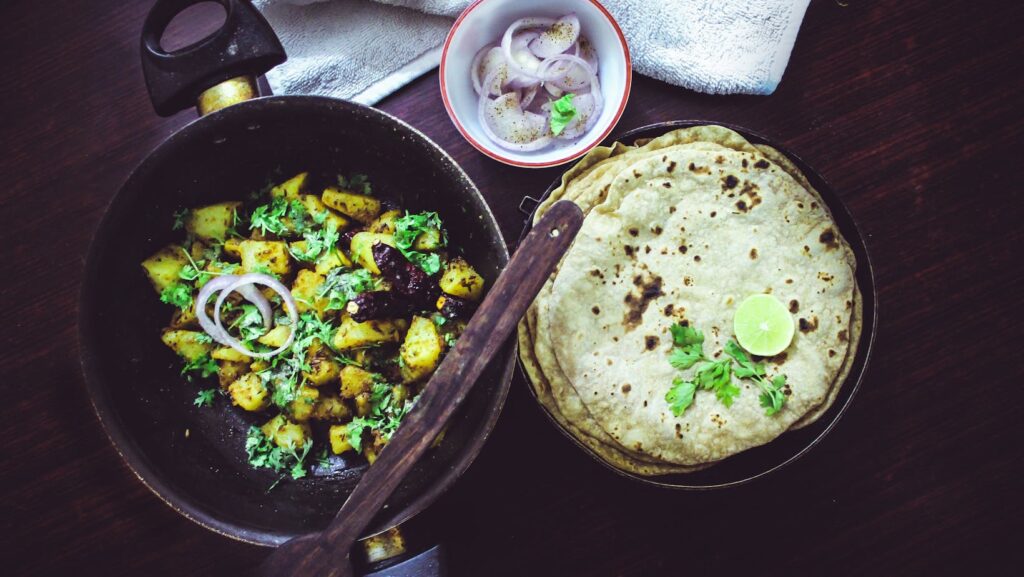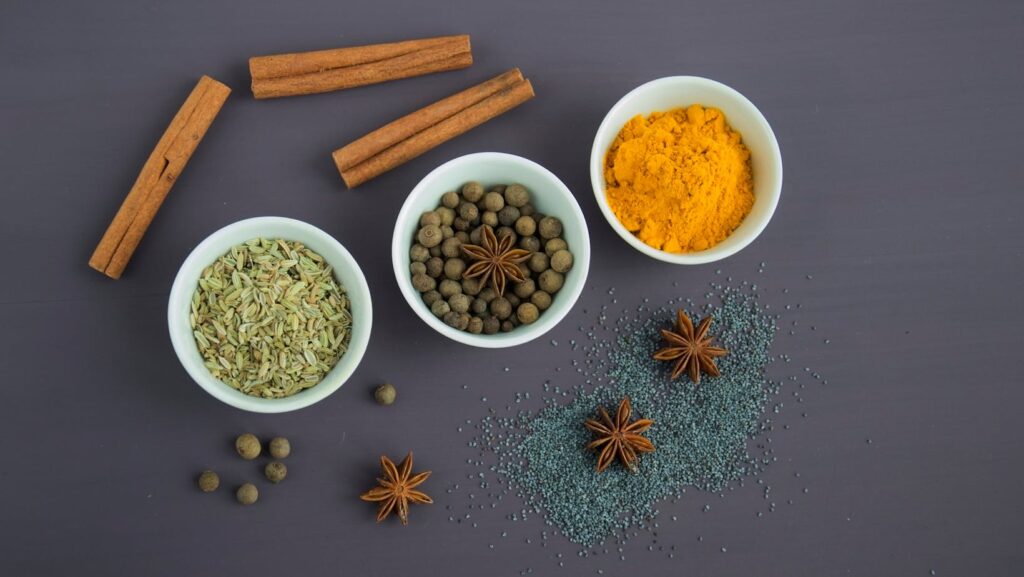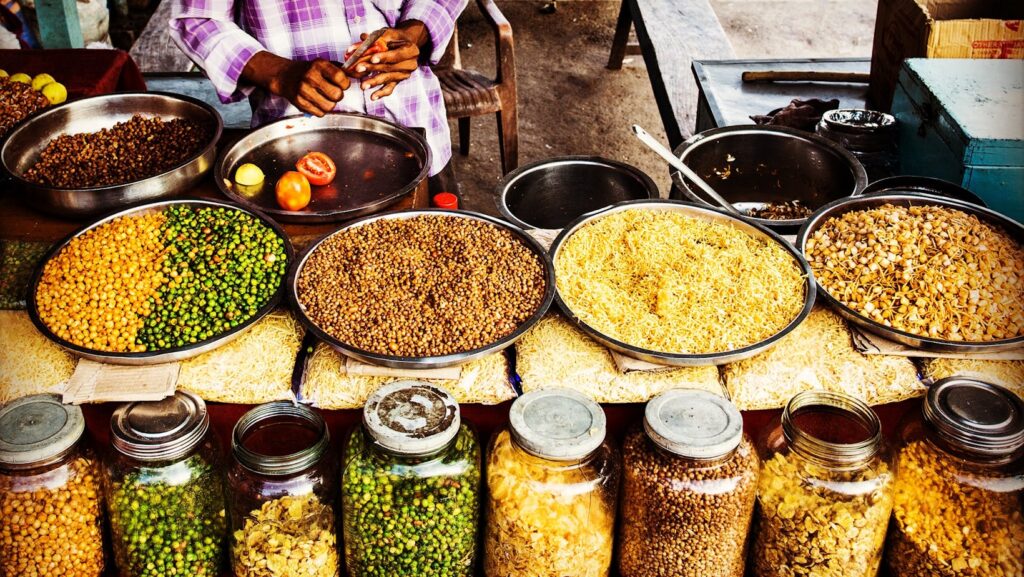Dive into the vibrant world of Indian cuisine, a culinary journey marked by an array of spices, diverse flavors, and unique cooking techniques. From the sizzling tandoors of the North to the hot woks of the South, Indian cooking techniques are as varied as the country’s rich cultural tapestry.
In this article, you’ll explore these distinct methods that transform simple ingredients into exquisite dishes. You’ll unravel the secrets behind the perfect curry, the art of tempering spices, and the science of slow cooking that gives Indian cuisine its distinctive character. So, fasten your apron, sharpen your knives, and get ready for an exciting culinary adventure.

Indian Cooking Techniques
Indian cuisine commands respect for its diversity, complexity, and the artful blend of spices that charactize each dish. Deep dive into the core cooking techniques of Indian cuisine and discover the culinary artistry that defines this rich food culture.
The Role of Spices in Flavor Development
Spices, an elixir of flavor, serve as the backbone in the development of the complex taste profiles displayed in Indian cuisine. Each spice, be it cumin, coriander, or cardamom, adds a distinctive taste, aroma, or color, contributing to the multifaceted layers of an Indian dish.
Take, as an example, the process of tadka or tempering. This technique involves frying spices in hot oil to release their volatile oils – essentially unlocking the aroma, flavor, and health benefits contained within. Be it the subtle nuttiness of cumin seeds or the fiery punch of red chili powder, tempting complements the tactile sensation of hot, perfectly cooked food.
Importance of Cooking Temperatures and Times
Temperature control emerges as a pivotal player, dictating the outcome of any Indian dish. Each cooking process, from simmering the heartwarming soups to slow roasting meats, hinges on maintaining the accurate cooking temperature and time frame.
Consider Curry cooking where you start with a high temperature to temper the spices, then reduce the heat, allowing the food to soak in the flavors. Slow cooking embraces the principle of patience, investing time for the absorption of spices into dishes, perfecting the taste and texture profiles.
Cooking times also prove crucial, especially when dealing with multiple ingredients that have disparate cooking times. Lentils might require a longer simmer, while vegetables incorporated later into the dish might only need a brief sauté to retain their crunch. Witnessing these transforming processes upfront offer an enriching understanding of the Indian culinary ethos.

Traditional Indian Cooking Methods
Inherent in Indian cuisine’s allure are the captivating cooking methods that elevate an ordinary dish to gastronomic art. Delve deeper into the heart of Indian culinary traditions by understanding these time-honored cooking techniques.
Tadka: Tempering Spices in Hot Oil
Tadka, often referred to as ‘tempering,’ involves the process of releasing volatile aroma compounds from spices by heating them in oil or ghee. Initiate by heating up oil over medium heat. Subsequently, add seeds like cumin or mustard. As they start sizzling, proceed by incorporating tangy turmeric, aromatic cumin, spicy red chili powder, or other spices of your choice. Tadka’s art lies in controlling the heat level – an aspect worthy of mastery. Intense heat may burn the spices, resulting in a bitter taste, whereas too low a temperature leaves spices undercooked, missing their full flavor-boosting potential.
Dum Pukht: Slow Cooking Under Pressure
Dum Pukht hails from the kitchens of the royal Mughal emperors, employing a centuries-old technique of slow cooking under pressure. In this method, your handi (a rounded cooking pot) or pressure cooker is tightly sealed with dough after adding ingredients. The perpetual buildup of steam inside pressures the cook time. This promotes deep mingling of flavors and tenderizes the toughest meats while keeping nutrients intact. It emphasizes the phrase, “good things take time,” by enhancing the palate with a simultaneous burst of aroma, taste, and texture.
Bhunao: Sautéing to Intensify Flavors
Bhunao, another indispensable cooking technique within Indian cuisine, involves sautéing ingredients over intense heat. No matter if it’s onion, garlic, ginger, or masalas, judicious stir-frying can coax out and intensify each element’s inherent flavors. Onions browned to a caramel hue, the subtle sweetness enhanced, rendering an incomparable depth to dishes. Remember, unattended bhunao may lead to scorched ingredients, reducing your dish’s delectability. So, exercise vigilance while pursuing the crucial step of bhunao.
These revered techniques, when incorporated effectively in your culinary repertoire, enable the recreation of authentic, unparalleled Indian cuisine. Unraveling the science behind these methods, mastering the right temperature, and embracing patience fortify your journey into India’s rich culinary heritage.
